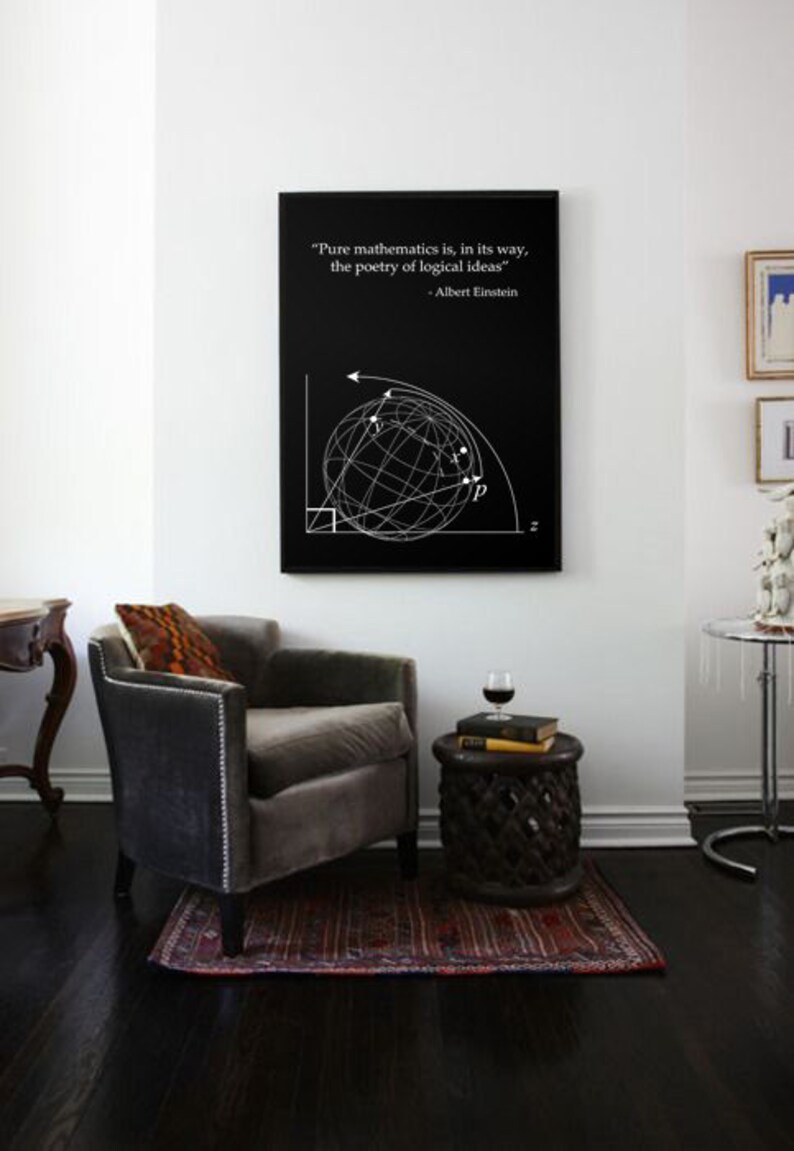

Geometry also features in our 7 surprising examples of the application of maths. Even the most abstract of works often conform to a mathematical logic: Each part of the painting appearing in such a way as to create a coherent and harmonious whole. Painting, like mathematics, requires accuracy. Parallelism and symmetry, too, are widely used in much art.


These pillars of mathematics are, on closer inspection, far more useful than they first appear, and feature heavily in the world of art. We want to talk here about the famous theorems of Pythagoras and Thales - about which you can read more in our vocabulary of maths! Other forms of geometry include spherical geometry, synthetic geometry, hyperbolic geometry, analytical geometry, elliptic geometry and algebraic geometry.Ībout now, some of the 'great theorems' you study when you learn maths in school have probably surfaced in your memory.Affine geometry, which studies lines and points without the concepts of angles and distances.Euclidean geometry which studies plane and solid figures.There are in fact many branches of geometry, of which the best known are: That's right: Geometry is intimately linked to painting. Is drawing not the artistic arrangement of forms to create a composition? And is painting not derived from drawing? It is a branch of mathematics whose objective is to study shapes in space. Geometry is one of the first things which springs to mind when we consider the link between mathematics and painting. Let's go Geometry: An Essential Ingredient in Modern Drawing


 0 kommentar(er)
0 kommentar(er)
